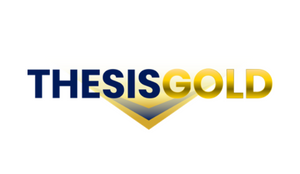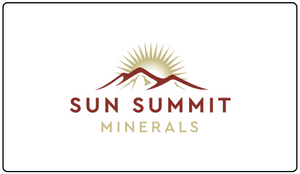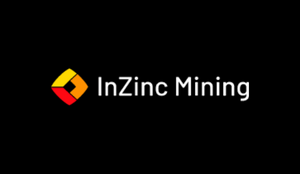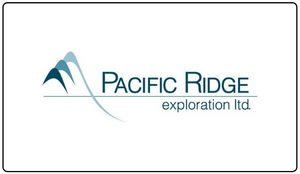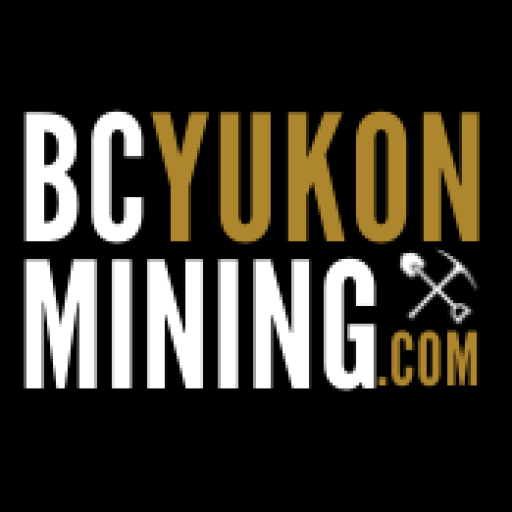Vancouver, British Columbia–(Newsfile Corp. – October 12, 2022) – Thesis Gold Inc. (TSXV: TAU) (WKN: A2QQ0Y) (OTCQX: THSGF) (“Thesis” or the “Company“) is pleased to announce the initial metallurgical results performed on their 100% owned Ranch Project. The Ranch property is located in the Golden Horseshoe of north-central British Columbia (BC), Canada. The metallurgical test work showed that all samples responded well, achieving between 90% to 98% gold recovery (Table 3).
Dr. Ewan Webster, President and CEO of Thesis stated, “We are very pleased by these initial metallurgical results. All the mineralized zones demonstrate the ability to produce high-quality concentrates from simple, low-cost conventional extraction methods. This milestone represents an important step in reducing the overall risk of the project as we advance towards a future resource, engineering, and economic studies.”
Metallurgical Program Details
Composite core samples from the Bonanza, Ridge, Thesis II, and Thesis III Zones at Ranch were analyzed. Sample selection was based on geological considerations, core logging, and geochemical data to best represent a conceptual resource. Core samples were shipped for metallurgical testing to Bureau Veritas Minerals (BV) Metallurgical Division, an accredited global laboratory facility located in Richmond, BC. BV composited the core samples and undertook the related analytical and bench scale test work. The study was directed and supervised by F. Wright Consulting Inc., with Mr. Frank Wright, P.Eng., acting as the Qualified Person (QP) as defined by NI43-101. Mr. Wright has had extensive process development experience focusing on precious metal projects in northern BC.

Abbreviations: Met Comp – Metallurgical Composite, m – metres, sig – significant, S – Sulphur, Cu – Copper, Au -Gold, Ag – Silver.
At BV, the individual core samples were blended into 14 composites comprised from contiguous core interval splits of 4 m to 26 m in length. These composites represent various mineralogy and spatial areas from specific depth and zones within the potential future resource areas. Composite identification (Met Comp. ID) relating to zone of origin, drill hole number, and depth are provided in Table 1.
The corresponding head analyses for principal metals of interest, as well as sulfur speciation, is provided in Table 2.

Note: Au is average of two fire assays. Ag is by fire assay >50 ppm, or by ICP if <50 ppm. Abbreviation: g/t – grams per tonne.
Discussion of Results
Duplicate fire assays provided average gold (Au) grades that ranged from 0.83 grams per tonne (g/t) to 39.7 g/t for the composites. Silver (Ag) content was close to 180 g/t in two of the composite samples and was more strongly associated with copper, although not necessarily in strong correlation. Silver grades were otherwise less than 50 g/t, or in half the composites at less than 5 g/t.
Appreciable copper (Cu) was detected in three of the composites at 0.17%, 0.89% and 0.90%, with only minor oxidized copper (Cuox) present. Organic carbon was typically at or below the 0.02% detection limit. As noted in the mineralogical examination, most of the total sulphur (Stot) was present as pyrite, with some sulphide oxidation present to a varying degree as indicated by the sulphide sulphur (S–) analyses as compared to total sulphur.
Due to the changes in grade and mineralogy, there is variability in the process response. Gravity pre-treatment does not appear to benefit most of the composites, although it is justified for higher grade feeds, recovering up to half of the contained gold. A significant consideration in process selection is the sulfur content and extent of sulphide oxidation. Leaching was shown to be best suited to oxidized and lower S material, with flotation showing a better response to composites containing >1% sulphide sulphur. Gold recovery for the sulphide feeds is provided in Table 3, below.
The results in Table 3 were not fully optimized during this preliminary testing program. However, the work to date indicates a moderate grind with a particle size of approximately 80% passing (P80) of 74 microns or coarser is sufficient for the float feed. Cleaning should be done in approximately 3 stages and final grade will be dependent on Au:S ratio in the feed. For the composites tested, the cleaned concentrate grade ranged from 6 g/t to over 800 g/t Au. Bulk tailing grades were less than 0.25 g/t Au, and often less than 0.10 g/t Au. This resulted in a final bulk float recovery that ranged between 90% to 98%, with recoveries during cleaning holding up well in open cycle testing. The grade recovery relationship can be better established with further optimization and locked cycle testing, planned for the next phase of test work.
Samples with elevated copper and silver responded well to differential flotation. The primary float product produced a cleaned concentrate grade exceeding 22% Cu, with additional gold and silver credits. Copper recovery will be dependent on head grade and ratio to pyrite. Most of the remaining precious metal can be recovered into a secondary concentrate resulting in an overall recovery of 97% for both gold and silver. Samples with lower sulphide content (<1% S–) responded better to whole rock leaching than to flotation. The results using 48-hour leach retention time provided for 95% gold recovery.
The composites studied had significant variability in grade and mineralogy but provided gold recoveries consistently exceeding 90%. Additional testing for advancement of the treatment flowsheet is warranted in conjunction with exploration. In summary, the Ranch Project showed an excellent initial response to conventional mineral processing procedures and supports proceeding toward a preliminary economic evaluation.
The technical content of this news release has been reviewed and approved by Michael Dufresne, M.Sc, P.Geol., P.Geo., and Mr. Frank Wright, P.Eng., qualified persons as defined by National Instrument 43-101.
On behalf of the Board of Directors
Thesis Gold Inc.
“Ewan Webster”
Ewan Webster Ph.D., P.Geo.
President, CEO, and Director
About Thesis Gold Inc.
Thesis Gold is a mineral exploration company focused on proving and developing the resource potential of the 17,832-hectare Ranch Gold Project located in the “Golden Horseshoe” area of northern British Columbia, approximately 300 km north of Smithers, B.C. For further details about the Ranch Gold Project and the 2022 drill program, please click here to watch videos on the project.
For further information or investor relations inquiries, please contact:
Dave Burwell
Vice President
The Howard Group Inc.
Email: dave@howardgroupinc.com
Tel: 403-410-7907
Toll Free: 1-888-221-0915
Nick Stajduhar
Director
Thesis Gold
Email: nicks@thesisgold.com


